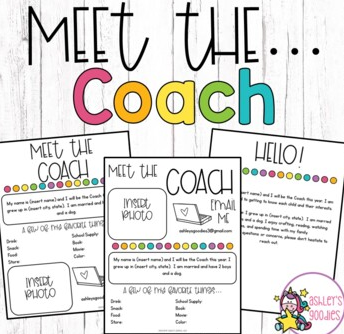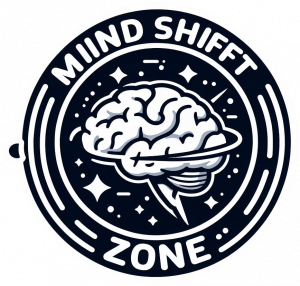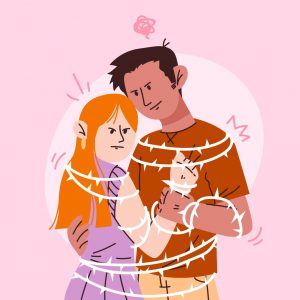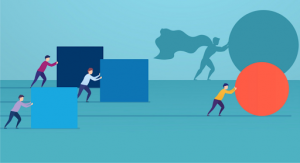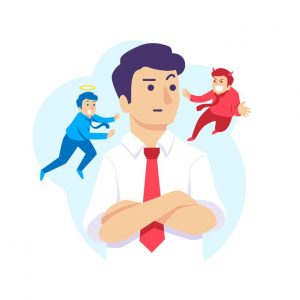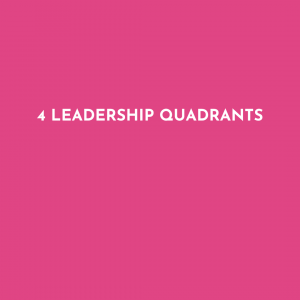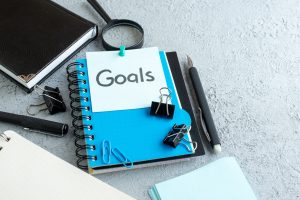Sue Gammons is an accredited executive coach with over a decade’s experience helping business leaders thrive.
Sue’s achievements across her career speak for themselves: she has developed an award-winning global women’s leadership development programme that achieved its goal of having 37% of the business’s senior leadership roles held by women; she has designed coaching-based programmes that developed 100+ ethnically diverse leaders each year; and refreshed a global training programme that certified roughly 200 employees per year as internal coaches.
Who does Sue Gammons work with?
Sue breaks her clients down into three broad groups: leaders looking for help in their career development; leaders needing help to build more effective teams; and women wanting to progress their careers within an organisation.
What unites them all is a feeling that something is holding them back. “There are a range of things that can hold individuals back,” Sue explains. “But it’s usually patterns of behaviour or habits.”
“They often don’t believe they can change, but as we explore the root of those behaviours more they realise they can shift their mindset and transform how they and others see them.”
How does Sue Gammons help her clients?
The end-goal varies between Sue’s clients. “Business leaders come into coaching for many different reasons,” she says. “And often they’re either transitioning to a new role or they’re looking to earn a promotion.”
In these instances, she will help them gain perspective on their role and understand their strengths – ultimately enabling them to enhance their leadership capability. But other clients need different things.
“Women often come to coaching because they feel they’re stuck at a certain level in their organisation,” she says. “In those cases, they want to explore what’s contributing to that – what they need to do to progress.”
How does Sue Gammons approach coaching?
Sue describes her coaching as “developmental inquiry where I am a co-explore with the client”. By looking at the client’s experiences, behaviour patterns and blind spots, they work together to uncover the client’s strengths and experiment with new possibilities and ways of acting.
The starting point is getting clear on what their strengths are and what is holding them back. That often involves getting feedback from their colleagues and going through this with the client.
Once that self-awareness has been established, she works with individuals to slowly develop the mindset required for them to achieve their specific goals and supports them as they practice and embed new behaviours.
Her clients frequently report that they have become better leaders as a result.
